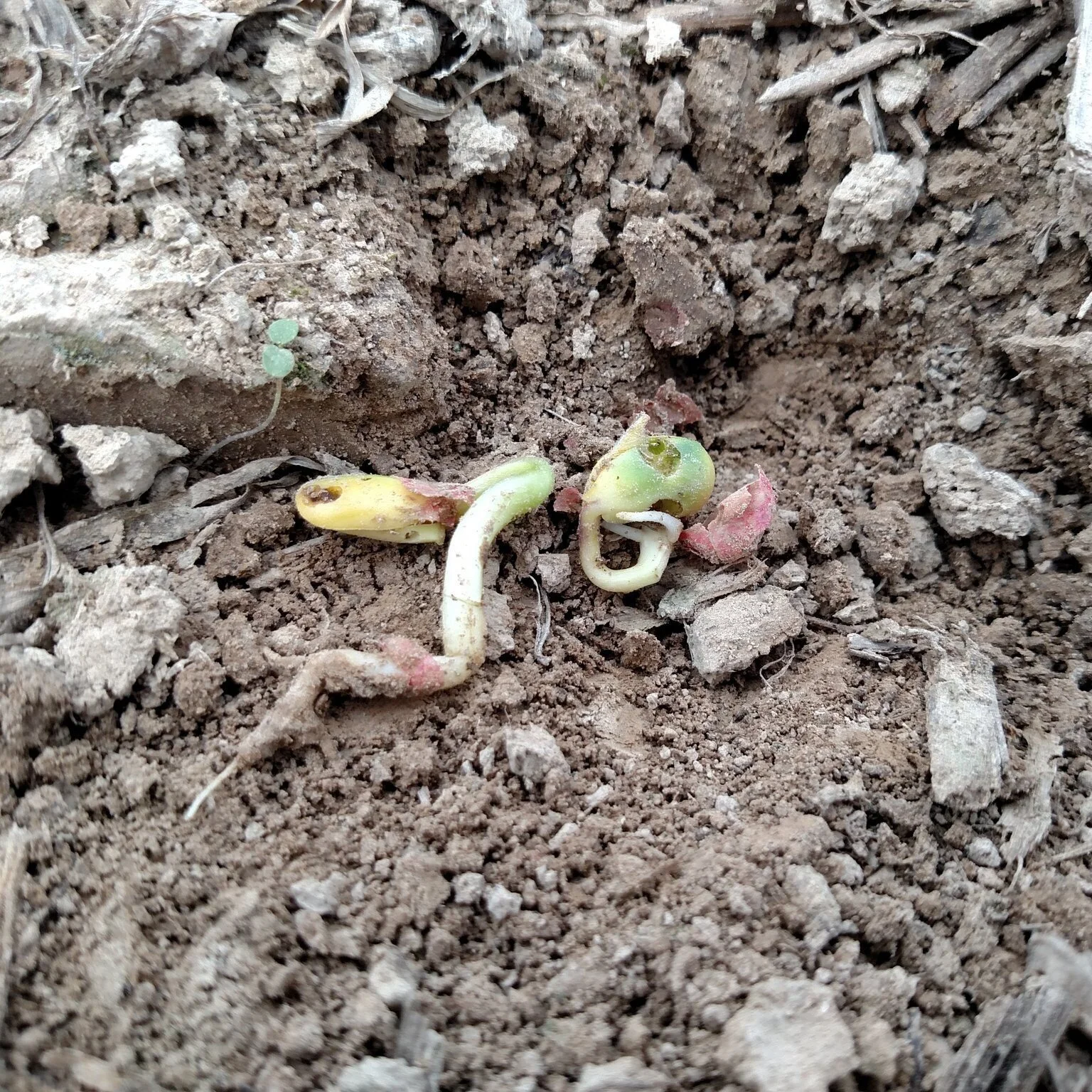Updates from the Field on Spring Planting: Louisiana
Spring planting is underway in parts of the country. As farmers gear up their planters, we are bringing you updates from the field.
Louisiana farmer Drew Keahey spoke with RFD-TV's own Janet Adkison on his operation, planting status and current conditions, and any possible hurdles that might await him.
Read More
China Buys $850 Million Worth Of US Corn
In a four-day shopping spree, importers bought 3.876 million tonnes of U.S. corn for delivery to China this marketing year, said the USDA. The corn was worth $850 million, based on futures prices in Chicago.
Read More
Louisiana Corn: Nitrogen Rate & Fertilization Timing
Nitrogen is the most yield limiting nutrient for corn production. Corn requires nitrogen for amino acids, protein, and chlorophyll production. Chlorophyll is the key component for photosynthesis. Insufficient chlorophyll content results in reduced yield potential.
Read More
Planting Begins in the South
Farmers in southern states are starting to plant their crops. Texas farmers have about a quarter of their 2021 corn crop planted while farmers in Louisiana have 14% of their corn in—both states showing about average progress. There are also reports that some of the spring wheat crop is being planted in North Dakota.
Read More
China Likely To Purchase More US Corn
China, the biggest corn consumer after the U.S., is still short of the feed grain, and more overseas purchases are likely.
Asia’s top economy has to nourish the world’s largest hog herds and supply a growing local refining industry, which produces everything from sweeteners to starches and alcohol. The increased demand this year and in future years comes as the country grapples with limited amounts of productive farmland.
Read More
Six Common Yield Limiting Factors In Corn
https://www.farmprogress.com/corn/6-common-yield-limiting-factors-corn
Read More
New Grain Grading Training Plan Will Increase Farmer Confidence at Harvest Time
All graders working at grain elevators in Louisiana will be tested and certified for the 2021 harvest season following an announcement from the Louisiana Department of Agriculture and Forestry (LDAF).
Those graders will be trained, tested and certified by LDAF to uphold the standards set through the U.S. Grain Standards Act. The goal is to provide consistent and professional grain inspection and weighing services for producers, handlers processors, exporters, importers and end-users.
Read More
Local Corn Grower Earns Top State Honors in National Corn Yield Contest
The National Corn Growers Association named Donald Schexnayder of Port Allen third in the state in the National Corn Yield Contest with more than 233 bushels produced per acre.
Read More
Effect of Cover Crop and Seed Treatment on Stand Establishment in Corn, Cotton & Soybeans
Cover crops can provide producers a variety of benefits including nutrient cycling , soil cover, nitrogen fixation and pollinator food sources. These cover crops come in many types, including grasses, legumes (mostly clovers) and brassicas (generally tillage radish and rapeseed). However, cover crops represent a “green bridge” throughout the fall and early spring that may facilitate the movement of insect pests and plant pathogens into above- and below-ground plant structures. Furthermore, cover crops may increase soil moisture and lower soil temperature compared with tilled fields at planting, resulting in more favorable conditions for seedling disease development.
Read More
March 15 Deadline Approaching for 2021 ARC and PLC Enrollment
March 15 is the deadline to enroll in the Price Loss Coverage (PLC) or Agriculture Risk Coverage (ARC) programs for 2021. Program enrollment, which farmers can do on a commodity-by-commodity basis, is required to participate in the programs this year. ARC and PLC are Title I commodity safety net programs established in the 2018 farm bill. For the 2021/22 crop year, farmers can change their coverage options from what they selected in 2019 for each of the commodities and base acres enrolled.
Read More
USDA Extends Application Deadline for the Quality Loss Adjustment Program
The U.S. Department of Agriculture (USDA) is extending the deadline from March 5 to April 9 for agricultural producers to apply for the Quality Loss Adjustment (QLA) Program because of recent winter storms and some clarifications to program rules. This program assists producers who suffered crop quality losses due to qualifying 2018 and 2019 natural disasters.
Read More
Louisiana Corn: Should You Apply Pre-Tassel Nitrogen?
Nitrogen is the most yield limiting nutrient for corn production. Corn requires nitrogen for amino acids, protein, and chlorophyll production. Chlorophyll is the key component for photosynthesis. Insufficient chlorophyll content results in reduced yield potential. A 200-bushel corn crop requires about 200 to 240 lb nitrogen per acre i.e. roughly 1 to 1.2 lb nitrogen per bushel corn harvested.
Applying all the nitrogen at or before planting are prone to loss to the environment through volatilization, denitrification, and/or leaching. Volatilization loss is high in hot and humid climates such as Louisiana and alkaline soils if the fertilizer (especially urea) is not incorporated within a few days.
Read More
Crop Insurance Guarantees Soar
What a difference a year makes. In 2020, the spring crop insurance prices for corn, soybeans and cotton were near the lowest levels of the last decade. Now, on the back of strong export demand from China and smaller-than-anticipated old-crop inventories, crop insurance prices have experienced the largest year-over-year increase in more than a decade, helping to boost insurance protection for farmers as they prepare for the planting season.
Read More
February Louisiana Corn Parish Estimates
This report contains the results from the 2020 December Agricultural and County Agricultural Production surveys.
Read More
USDA to Survey Farmers' Planting Intentions for 2021
As the 2021 crop production season begins, the U.S. Department of Agriculture’s National Agricultural Statistics Service (NASS) will contact approximately 1,100 Louisiana producers to determine their plans for the upcoming growing season.
Read More














